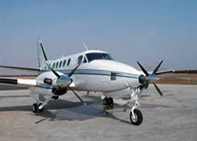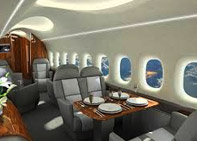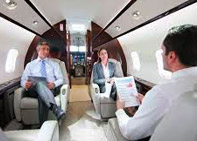Suppose you are a business tycoon or an elite rich or very high profile celebrity who has a mansion with a vast garden having open space (flat land) of 15 meters x 15 meters. In that case, you can take off from there and there itself to reach 300 km or 180 miles, with an hour from the second you decide to do so. Lilium an electric-operated private jet or a Flying car.
Lilium Aviation – a project launched in Germany in 2015 by four aspiring young engineers Daniel Wiegand, Patrick Nathen, Sebastian Born and Matthias Meiner, from Munich’s Technical University backed by the European Space Agency (ESA). The Lilium Jet will be the world’s first vertical take-off and landing (VTOL) personal aircraft. “Start your journey from anywhere and travel faster and more elegantly than in your boldest dreams”, is the tagline by Lilium Aviation.
The Lilium Jet is a 100% electric short-haul jet that almost fulfilling the electric flying car’s promises. CEO Daniel Wiegand, also a co-founder, exclaims “our goal is to develop an aircraft for use in everyday life”! The problem with today’s aviation or private jet industry is airports’ availability and the expenses/overheads incurred in operating from them. Also, these are quite far off from the city centres. Avoiding this was one of the primary inspirations behind the floating of Lilium Aviation, further says CEO Daniel Wiegand.
The concept of this aircraft by Lilium Aviation promises flight without the flight infrastructure of the airports. Though in the initial stages its take-off and landing will be restricted from the airfields only. But the company’s officials believe that it would practically take -off and land anywhere. Just a flat surface of 225 square meters, that’s all that it needs. It’s a two-seater electric aircraft designed mainly for personal use and entertainment purpose. It will be an ultra-lightweight jet with 600 kg max take-off weight.
When it came into operation in January 2018, Lilium will be the first completely environment-friendly, flexible private jet. The Lilium Aviation team also claims it to be very economical too. However, it will take off and land like helicopter once it’s airborne the engines will enable it to fly like any other conventional fixed-wing aircraft. It will fly only during day time and under favourable weather conditions (not yet precisely specified).
Categorized as a Light-Sport Aircraft in Europe it will require a pilot license a sports pilot license (LSA). With only 20 hours of flying training, this can be flown. The prototype has already tested at ESA laboratory. It can fly a maximum 500km, with a max 200kg payload on board; after every battery recharge. Max velocity and cruising velocity will be 400 kmph and 300 kmph respectively, with 320kw power. Take-offs and landings will be controlled by an autonomous system and can be recharged overnight with ordinary household electric connection.







Leave a Reply
You must be logged in to post a comment.